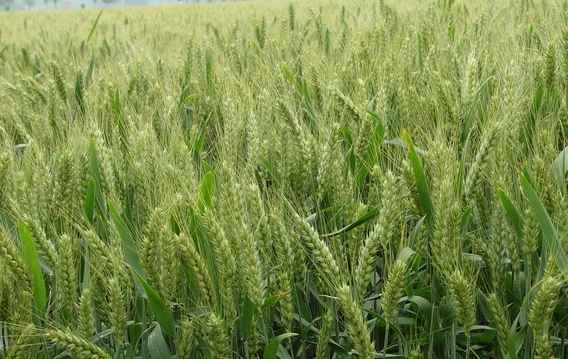Winter is cold and the spring is cold this spring, causing the wheat to return to the green period. In the cold years of early spring, wheat protection should focus on the following points.
Early paddy wheat paddy is suitable for the topping period, that is, when the topsoil is frozen at 2 cm, the padding is started. At this time, the best effect is to ensure the soil temperature, which is beneficial to the early return of wheat, early rooting and seedling growth. Early spring strokes should be appropriate to prevent damage to roots and cold currents. In the future, as the temperature gradually rises, the strokes should be gradually deepened to facilitate the root system. Strive for 2 to 3 times before the jointing. When you are squatting, you must make sure that you are fine, smooth, smooth, and flat. Watering and raining should be done in time.
Late watering to winter and spring, more snow, soil moisture is generally better, wheat field watering should be appropriate late pouring, to prevent watering too early, ground temperature decline, affecting wheat greening and growth. Generally, wheat fields can be watered from the time the wheat is raised to the jointing stage. For the lack of moisture, water can be watered at 5 ° C when the soil temperature is stable at 5 cm.

Because the seedling topdressing and topdressing should be based on the ground force and the seedlings, in order to prevent the excessive application of nitrogen fertilizer, the wheat is late and mature. For wheat fields with poor soil fertility and small population, it can be topdressed during the up-and-coming period, and the standard nitrogen fertilizer should be applied to 25-35 kilograms per acre. For wheat fields with good soil fertility and large population, topdressing can be applied at jointing stage, and standard nitrogen fertilizer should be applied per acre. 25 to 35 kg; for wheat fields with good soil fertility, high wheat yield, large population, and still prosperous trend in spring, the topdressing time can be postponed until after the jointing, generally 25 to 30 kg of standard nitrogen fertilizer per acre; In the wheat field where the growth has been excessive and the phenomenon of de-fertilization is carried out, the standard nitrogen fertilizer is applied for 10 to 15 kg per acre during the regreening period, and the standard nitrogen fertilizer is applied for 15 to 20 kg at the jointing stage.
The anti-falling wheat is delayed in the greening period, and the temperature rises rapidly after the greening, which can cause the internodes to be elongated. Especially the wheat with good soil fertility, high wheat yield and large population, the probability of wheat lodging is large. This type of wheat field should be used before the jointing of wheat to 15% paclobutamide 40 to 50 grams per acre, or 30 to 40 grams of 5% uniconazole, or 25 to 20 ml of 25% auxin, 30 kg of water. Spray to prevent the wheat from lodging late.
The anti-dry hot wind is delayed due to the late return of wheat, and the maturity period is also delayed. The probability of dry hot wind is increased in the late stage of wheat growth. Therefore, preparations for preventing dry hot air should be done well. From wheat to jointing stage, 50% potassium sulphate or 60% potassium chloride 5~7.5 kg per acre is applied to the wheat field lacking potassium and applying potassium deficiency. 150 g of high-quality potassium dihydrogen phosphate per acre from the booting stage to the filling stage. 30 to 40 kg; foliar application 2 to 3 times, spraying humic acid foliar fertilizer 1 to 2 times from the booting to the filling stage to prevent the damage of dry hot air to wheat.
Gas Fire-extinguishing Control System
Gas Fire-Extinguishing Control System,Evacuation Alert System,Fire Broadcasting System,Fire Broadcasting Control Panel
LIAONING YINGKOU TIANCHENG FIRE PROTECTION EQUIPMENT CO.,LTD , https://www.tcfiretech.com